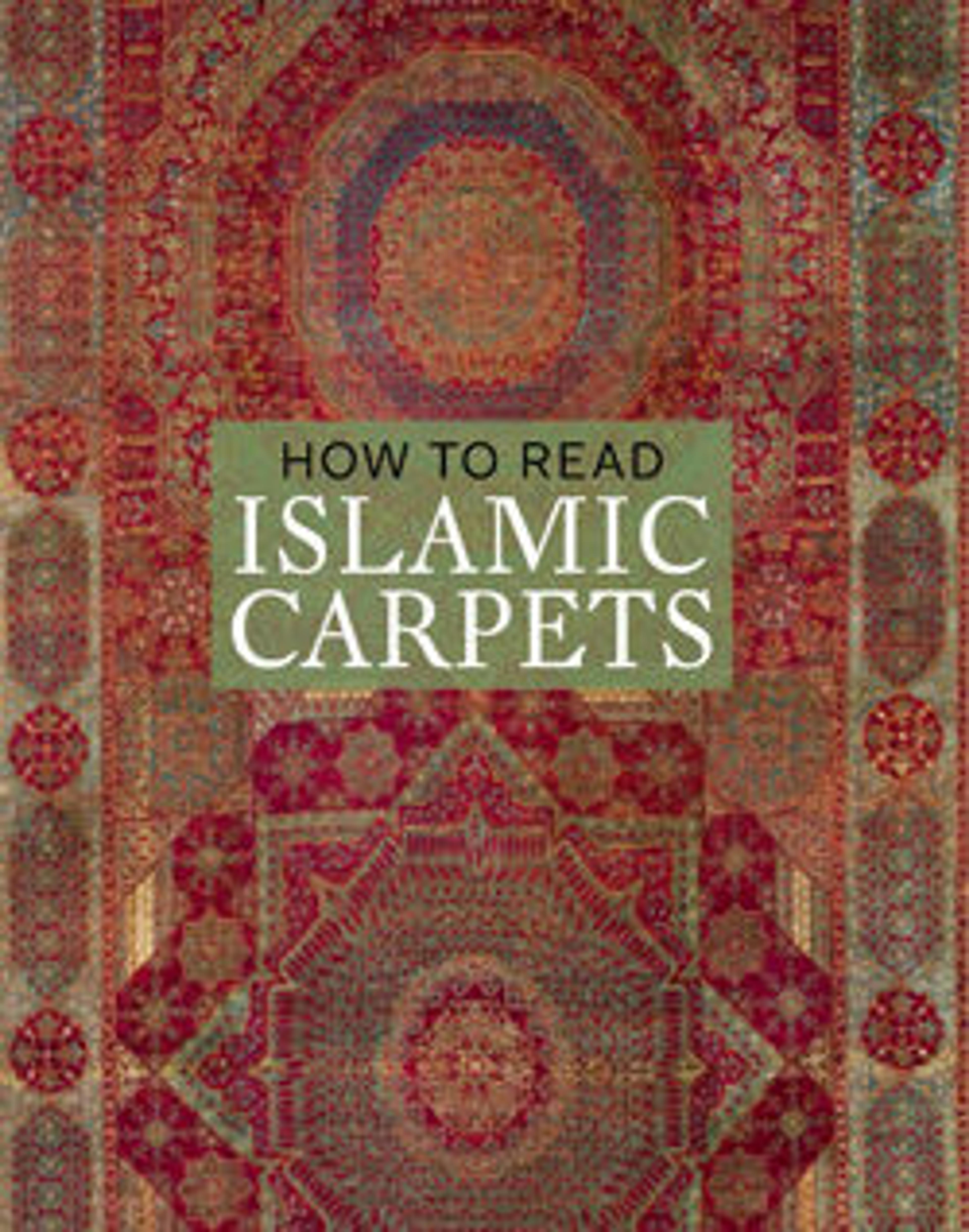"Laila and Majnun at School", Folio from a Khamsa (Quintet) of Nizami of Ganja
This splendid painting is from a manuscript of the frequently illustrated story of Laila and Majnun by the twelfth-century Persian poet Nizami. It was commissioned by the Timurid prince Baisunghur of Herat, one of the greatest bibliophiles in all Islamic history, who gathered at his court the very best painters from Baghdad, Tabriz, Shiraz, and Samarkand to illustrate his matchless collection of books. This illustration depicts Qais, the future "mad one" (Majnun) for love, and Laila, his beloved, who meet for the first time as children at a mosque school. The painting underscores the closely related aesthetics of figural painting and abstract calligraphy, architectural tiling and royal carpet weaving in traditional Islamic civilization, united here in a visual symphony of flat but dramatically colored patterns. The scene depicts the child lovers framed in the mosque's prayer niche in order to emphasize their mystical status. These visual conventions of Persian art, usually laden, as here, with Neoplatonic symbolism, crystallized in the royal cities of Tabriz and then Herat at the turn of the fourteenth and fifteenth centuries and endured for another 250 years in the court paintings of Iran, Turkey, and India.
Artwork Details
- Title:"Laila and Majnun at School", Folio from a Khamsa (Quintet) of Nizami of Ganja
- Calligrapher:Ja'far Baisunghuri (Iranian, active Herat, first half 15th century)
- Author:Nizami (present-day Azerbaijan, Ganja 1141–1209 Ganja)
- Date:835 AH/1431–32 CE
- Geography:Made in present-day Afghanistan, Herat
- Medium:Ink, opaque watercolor, and gold on paper
- Dimensions:Page: H. 12 5/16 in. (31.3 cm)
W. 9 in. (22.9cm)f
Mat: H. 19 1/4 in. (48.9 cm)f
W. 14 1/4 in. (36.2 cm) - Classification:Codices
- Credit Line:Purchase, Lila Acheson Wallace Gift, 1994
- Object Number:1994.232.4
- Curatorial Department: Islamic Art
More Artwork
Research Resources
The Met provides unparalleled resources for research and welcomes an international community of students and scholars. The Met's Open Access API is where creators and researchers can connect to the The Met collection. Open Access data and public domain images are available for unrestricted commercial and noncommercial use without permission or fee.
To request images under copyright and other restrictions, please use this Image Request form.
Feedback
We continue to research and examine historical and cultural context for objects in The Met collection. If you have comments or questions about this object record, please contact us using the form below. The Museum looks forward to receiving your comments.
